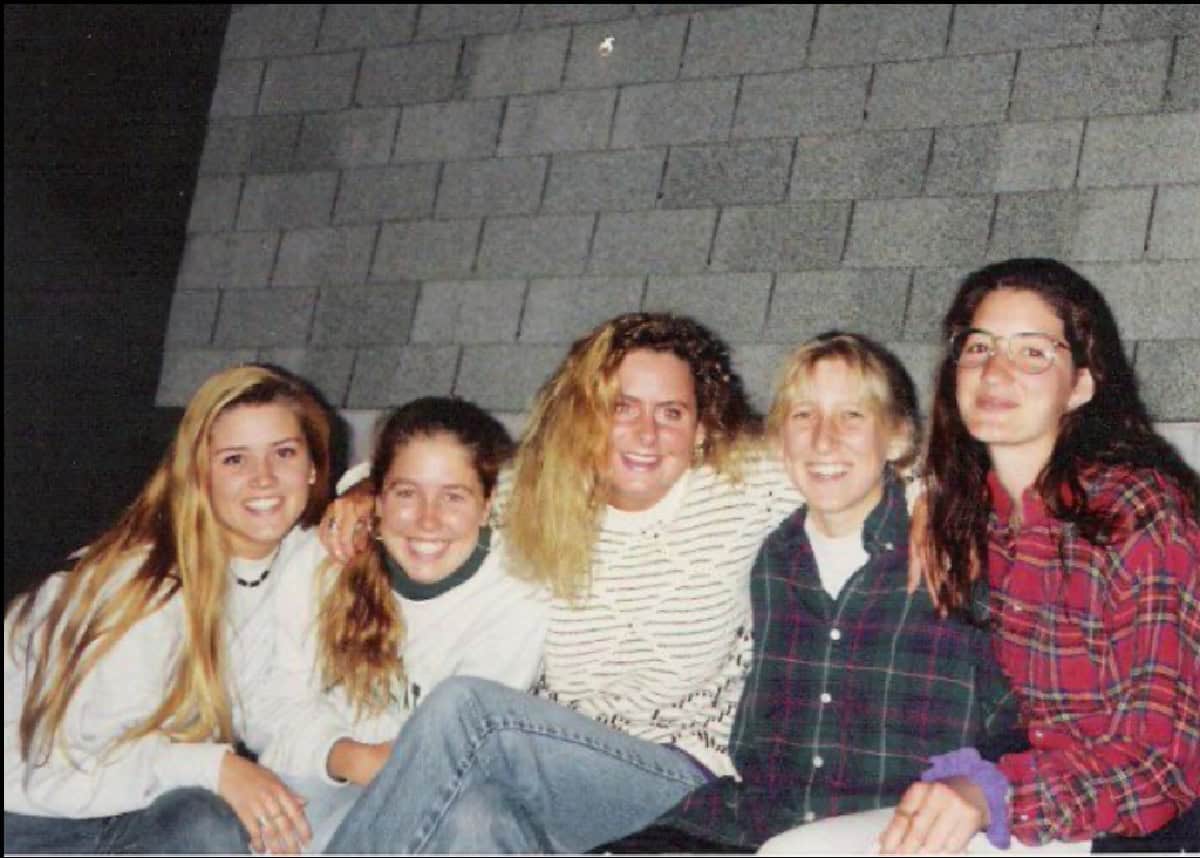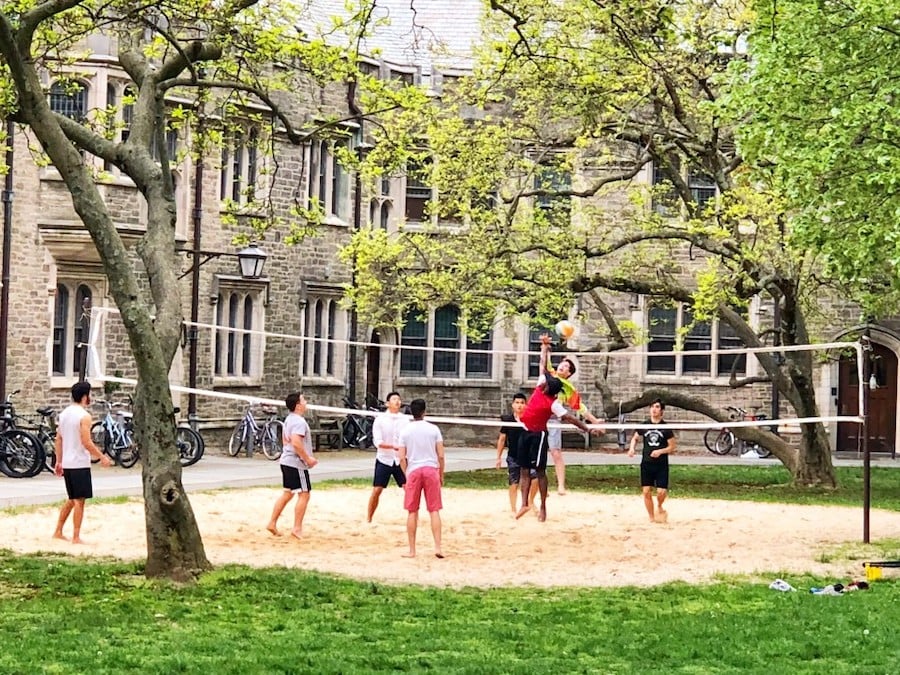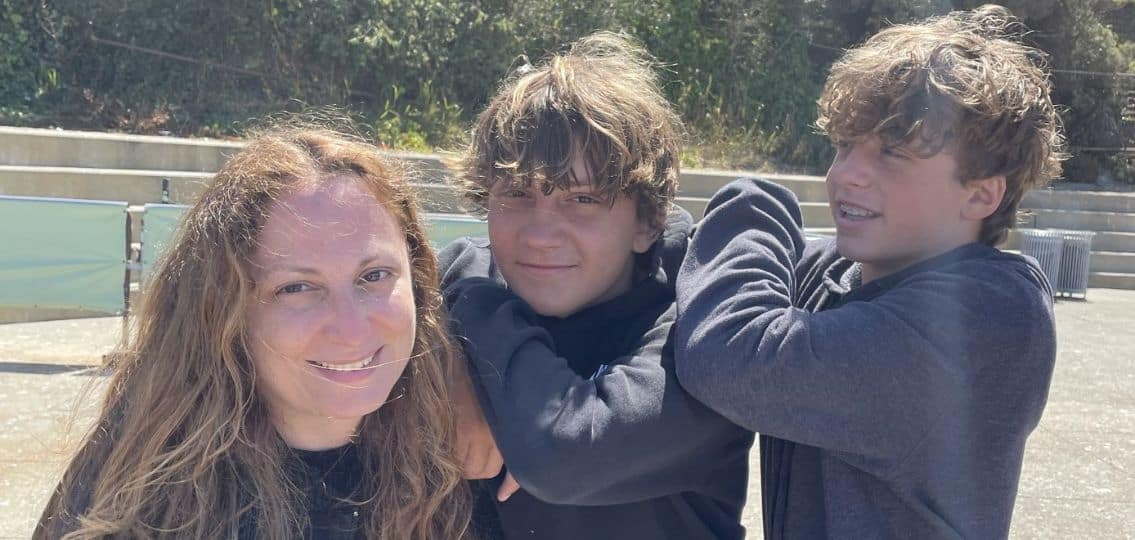
More than three in five children (63 percent) enrolled in Medicaid do not receive mental health services within six months after a firearm injury, according to a new study published in the journal Pediatrics.
In the United States, 11,258 youth experienced nonfatal firearm injuries in 2020. Children who survive firearm injuries are at increased risk for adverse mental health outcomes, such as newly diagnosed trauma-related disorders, substance use and disruptive disorders. In addition to these disorders, the study found that after injury, the percentage of children diagnosed with bipolar disorder, schizophrenia spectrum disorders, and suicidal ideation/self-injury nearly doubled.
In our study, we found that while too many children did not receive mental healthcare follow-up, children with a new mental health diagnosis identified during the firearm injury encounter had over twice the odds of timely connection to outpatient mental healthcare. This shows that after a firearm injury, mental health screening and referral for youth at high risk are essential, as well as required by the 2022 American College of Surgeons standards for pediatric trauma centers. This best practice still needs wider implementation.”
Jennifer Hoffmann, MD, MS, lead author, Emergency Medicine physician at Ann & Robert H. Lurie Children’s Hospital of Chicago and Assistant Professor of Pediatrics at Northwestern University Feinberg School of Medicine
The study also detected inequities in mental healthcare access after a firearm injury, with Black youth less likely to have any mental health follow-up than White youth.
“Mechanisms underlying these inequities may include stigma and costs related to accessing care, limited diversity in the mental health workforce, and shortages of mental health professionals in areas where Black children live,” said Dr. Hoffmann. “Attention is needed to address barriers at the individual, health system, and societal levels that may prevent Black youth from accessing mental health services.”
For the study, Dr. Hoffmann and colleagues examined Medicaid data of children aged 5-17 years with a nonfatal firearm injury, living in 11 geographically dispersed states from 2010-2018. They identified 2,613 children with firearm injuries. The objective was to analyze how timing of the first outpatient mental health visit after firearm injury varies by sociodemographic and clinical characteristics. They found that the first outpatient mental health visit after injury occurred sooner among children with prior mental health service use.
“For children without prior mental health service use, greater efforts are needed to connect them to mental health providers,” said Dr. Hoffmann. “To improve outcomes, it is important to prioritize early detection of mental health needs, equitable access to mental healthcare and timeliness of care.”
Dr. Hoffmann is the Children’s Research Fund Junior Board Research Scholar.
Source:
Ann & Robert H. Lurie Children’s Hospital of Chicago

 PARENTING TIPS
PARENTING TIPS







 PREGNANCY
PREGNANCY








 BABY CARE
BABY CARE








 TODDLERS
TODDLERS








 TEENS
TEENS








 HEALTH CARE
HEALTH CARE






 ACTIVITIES & CRAFTS
ACTIVITIES & CRAFTS








 CONTACT
CONTACT ABOUT
ABOUT


